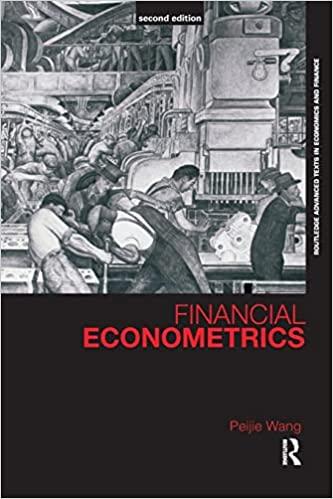Question
While gambling games are the typical go-to examples for computing expected value, they're not by any means the only application. Let's look at Page 284
While gambling games are the typical go-to examples for computing expected value, they're not by any means the only application. Let's look at
Page 284
the world of automobile insurance. If you think of it, buying insurance is kind of like gambling: You're betting that something bad will happen to your car. If nothing happens, you've paid the insurance company for nothing. But if something does happen, when they pay for repairs, you're basically
"winning" the bet.
Suppose that a driver named Karl pays $800 per year on insurance for his SUV. According to insurance industry stats I found online, the average motorist has a 5.6% chance of getting in an accident in any given year, and the average collision claim paid by insurance companies is $3,160. Our goal will be to find the expected value if Karl buys 1 year's worth of car insurance.

While gambling games are the typical go-to examples for computing expected value, they're not by any means the only application. Let's look at
Page 284
the world of automobile insurance. If you think of it, buying insurance is kind of like gambling: You're betting that something bad will happen to your car. If nothing happens, you've paid the insurance company for nothing. But if something does happen, when they pay for repairs, you're basically
"winning" the bet.
Suppose that a driver named Karl pays $800 per year on insurance for his SUV. According to insurance industry stats I found online, the average motorist has a 5.6% chance of getting in an accident in any given year, and the average collision claim paid by insurance companies is $3,160. Our goal will be to find the expected value if Karl buys 1 year's worth of car insurance.

Step by Step Solution
There are 3 Steps involved in it
Step: 1

Get Instant Access to Expert-Tailored Solutions
See step-by-step solutions with expert insights and AI powered tools for academic success
Step: 2

Step: 3

Ace Your Homework with AI
Get the answers you need in no time with our AI-driven, step-by-step assistance
Get Started


